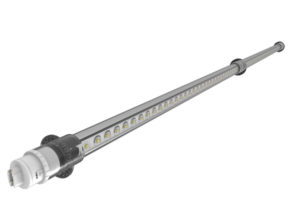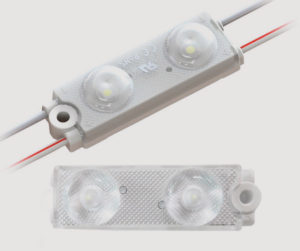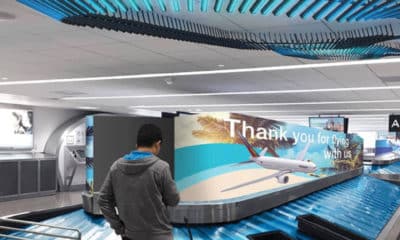LEDS HAVE BEEN around for some time now, offering so many advantages that they have become a no-brainer for most lighting situations both indoors and out. They can produce warm or cold light, various colors including selectable RGB, are easy to work with and consume a fraction of the power needed by other types of lighting. You may not realize that LEDs come in a variety of form factors to address not just channel letter lighting but other applications as well. We’re going to look at a few of these applications and see if they open up any possibilities you may not have thought of.
Let’s start off with the most common application for many signmakers: channel letter lighting, the OG application where most shops were first exposed to the technology. To light channel letters, the LEDs are purchased in a roll of wires with lighting modules spaced at a consistent distance. While determining the number of modules needed for a sign requires some calculation, most manufacturers will provide literature to help in this determination. You will also need to determine the color or color temperature for the sign, then calculate what size power supply to purchase. The modules can typically be found in both indoor and outdoor varieties depending upon the application. Another factor to consider is how deep the letters will be (e.g., 2 to 8 in.) as some modules may be too large to fit into thinner letters.
Advertisement

In addition to lighting the McDonalds golden arches and the “kpn” channel letters, LEDs can “wash” a wall with light, as in the right portion of this picture.
Backlit cabinets are another example of LEDs replacing traditional fluorescent tubes used to backlight an image. The LED modules are mounted on a rigid post that mimics popular fluorescent tube sizes. LEDs do not need a ballast, only an appropriate power supply. This description may have triggered a thought about older, existing cabinets. Can these be converted to LED without making new cabinets from scratch? The answer is absolutely yes. Many manufacturers offer retrofit kits just for this purpose.
A final area we want to touch on are signs that do not have internal lighting. Maybe the customer wants a sandblasted or carved sign that looks striking during the day but they want to illuminate it at night. We’ve used floodlights in the past — now you have a couple of options. In most cases you can find an LED replacement bulb for the incandescent and voilà, you’re done. For new signs, a number of manufacturers supply LED-specific floods. Now, what if a floodlight cannot be installed? For example, the sign is mounted to a wall and it would take a lot of effort to install a flood. You can use a wall washer — no, not a pressure washer — an LED strip that can be cut to size and positioned either above or below the sign. The strip ensures that the light is directed over (“washing”) the sign for nighttime viewing.
So face it, LEDs are the standard in lighting today. This column only touches on a few applications. The modules are typically reasonably priced, the modules and power sources are easy to work with and low-voltage too. The bottom line for the customer is a much longer life of the modules over bulbs and significantly less energy usage. They are a definite win for everyone.
PHOTO GALLERY (6 IMAGES)
Advertisement

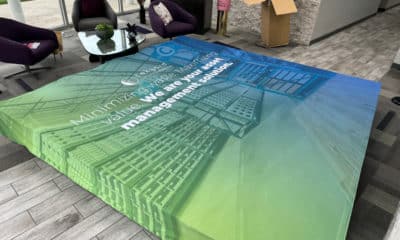
 Mark Kissling2 weeks ago
Mark Kissling2 weeks ago
 Business Management1 week ago
Business Management1 week ago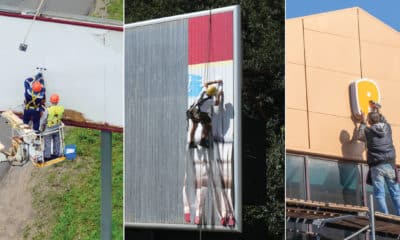
 Fabrication + Installation1 week ago
Fabrication + Installation1 week ago
 Maggie Harlow2 weeks ago
Maggie Harlow2 weeks ago
 Real Deal1 day ago
Real Deal1 day ago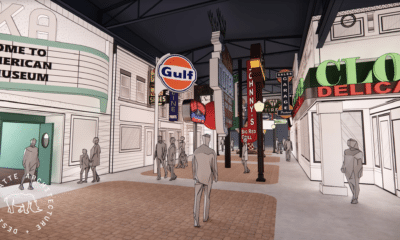
 News2 weeks ago
News2 weeks ago
 News2 weeks ago
News2 weeks ago
 True Tales2 weeks ago
True Tales2 weeks ago

